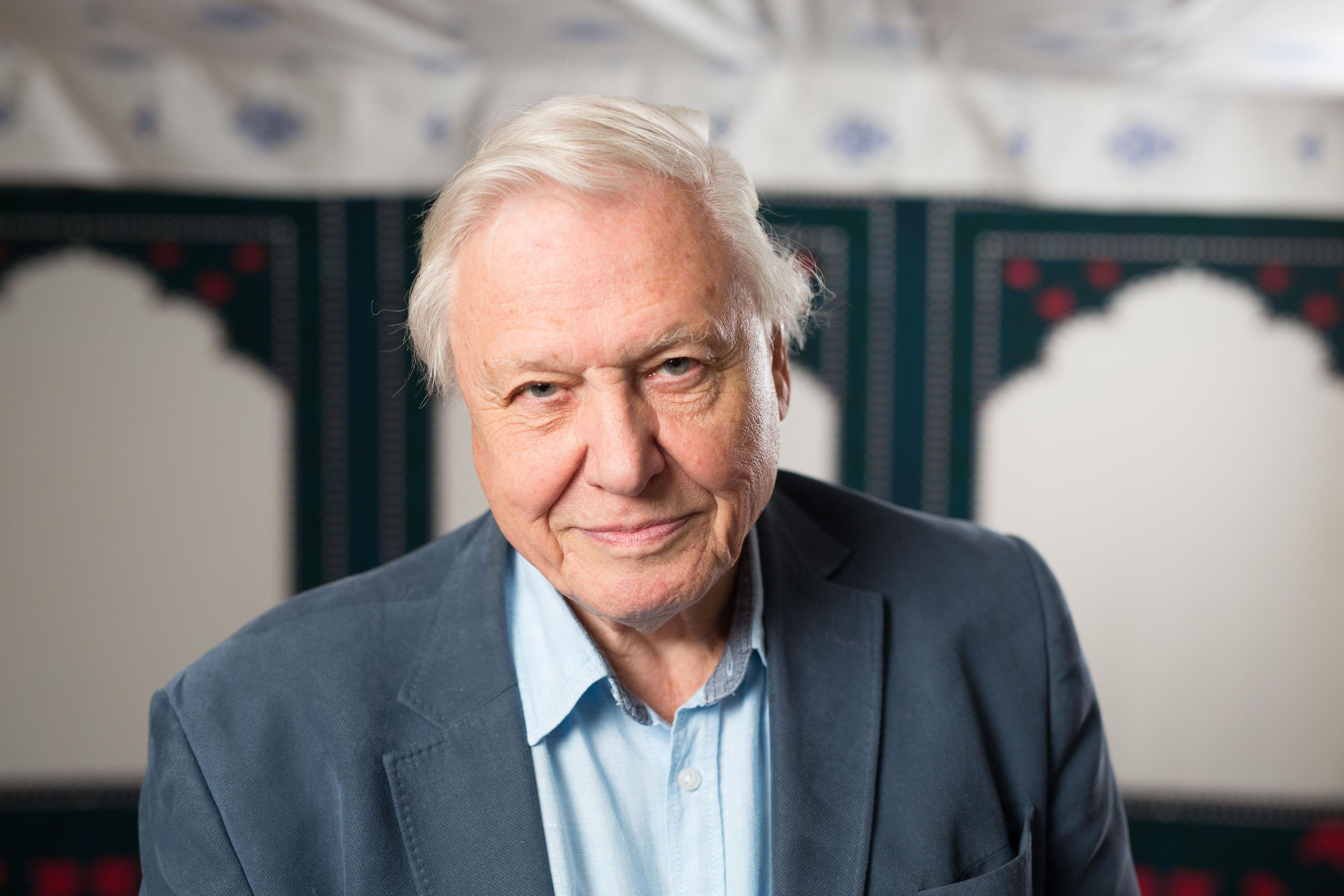
A GENERATION on from the BBC Natural History Unit’s series The Blue Planet, Blue Planet II uses cutting-edge technology and breakthroughs in marine science to explore new worlds and reveal the very latest discoveries.
This landmark series, presented by Sir David Attenborough, will bring viewers face-to face with new landscapes and introduce compelling stories from our ocean.
Over four years, the Blue Planet II team mounted 125 expeditions, visited 39 countries, filmed across every ocean and spent more than 6000 hours underwater to bring us closer than ever before to the captivating lives of some of the most extraordinary creatures.
The first episode, One Ocean, takes us on a journey from the intense heat of the tropics to the planet’s frozen poles.
There are many different worlds and each presents unique challenges.
In the tropics, dolphins surf for what looks like sheer pleasure. A baby dolphin learns how to rub against a particular coral which may have medicinal properties, a tuskfish uses an anvil to open clams and giant trevally fish leap clear out of the water to snatch birds on the wing.
In temperate seas, mobula rays create an enchanting display at night, as tiny organisms light up when disturbed by their wingbeats.
Two separate species – false killer whales and bottlenose dolphins, gather to make a formidable army.
And a female kobudai wrasse changes sex to challenge an older male for his harem.
But our ocean system is changing. In the Polar north, the summer sea ice has retreated by 40% in the last 30 years, with profound consequences for its wildlife. Ocean currents help maintain a climate favourable for life – but for how much longer?
Blue Planet II, tonight, BBC 1, 8pm.

Enjoy the convenience of having The Sunday Post delivered as a digital ePaper straight to your smartphone, tablet or computer.
Subscribe for only £5.49 a month and enjoy all the benefits of the printed paper as a digital replica.
Subscribe